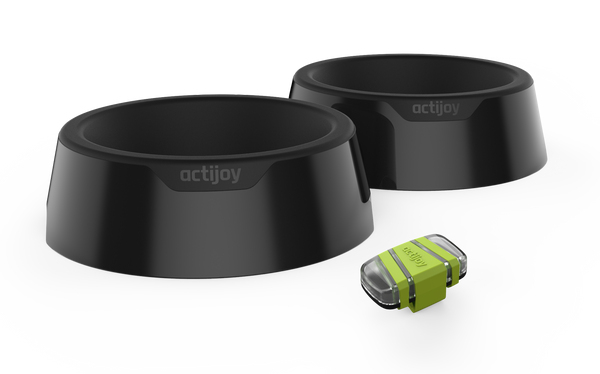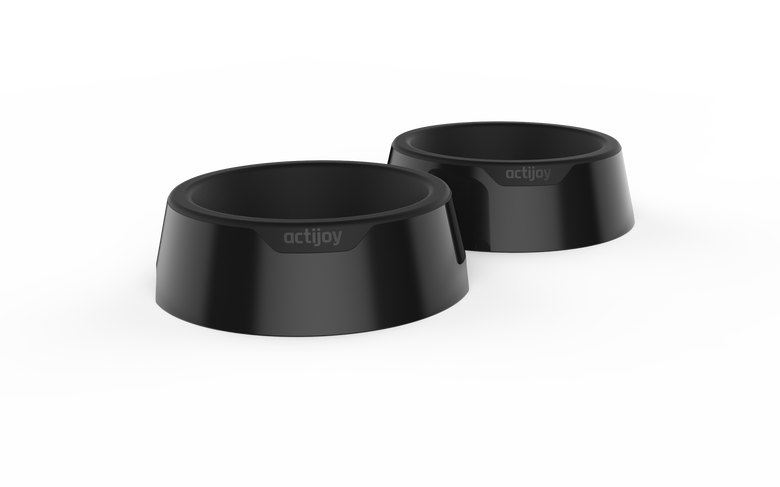How to Use Treats Effectively During Dog Training

Why Use Treats During Dog Training?
In the mid-20th century, psychologist B.F. Skinner realized that animals could be trained via “operant conditioning.” Researchers noted that animals could be trained to do nearly anything when given a reward for performing desired tasks and movements. The most common rewards were treats, as most animals are hard-wired to be highly motivated by food.
The basic principle of operant conditioning is to provide a reward whenever the correct behavior is displayed to encourage similar behavior in the future.
What Types of Treats Should be Used for Dog Training?
There are two types of treats used during dog training: high-value rewards and training treats.
High-value rewards are foods or treats that are only given once or twice during a training session to improve motivation. Examples of high-value rewards are cheese, liver, or peanut butter.
Training treats are smaller morsels or treats that are given frequently throughout the dog training session. Examples include individual kibbles, pieces of cooked green beans, or 3 – 5 calorie training treat morsels.
How should Treats be Used for Effective Dog Training?
The most important aspects of using treats during training are timing and consistency. Dogs should be given treats immediately after the correct behavior is displayed. If the dog owner waits too long to provide a treat or praise, the dog will not make an immediate connection with proper behavior and reward.
During the beginning stages of dog training, a treat should be given every time the proper behavior is displayed. However, as the dog becomes proficient with the command, treats should only be given intermittently to reduce the dog’s dependence on the treats.
High-value rewards should be reserved for specific situations or commands. For instance, a high-value reward is perfect for use when a dog is highly distracted, such as off-leash recall. A high-value reward is not beneficial when rewarding your dog for a proficient behavior.
What to Do if your Dog isn’t Treat Motivated
Not all dogs are treat motivated. For some dogs, a special toy, playtime, or verbal praise may be more appropriate. If your dog is not responding well to treats, consider whether a quick game of fetch or a pat on the head may be a better reward.
Actijoy was founded with a single goal in mind – to help people all around the world make their dogs happy and healthy.
That is why we created a set of devices that helps dog owners all around the world monitor their dogs' activity and nutrition, two most important factors in dogs‘ health.
Check them out here.
If you like this article you may also like articles about How Many Dog Treats Can You Feed in a Day! Don’t forget to subscribe to our blog!
Please note: all dogs should be treated as individuals. The Actijoy™ blog is for educational and entertainment purposes only. In the case of emergency, always seek qualified health care from a local veterinarian or emergency facility. Actijoy™ blogs are not designed to treat, diagnose, or prescribe medication for your pet.



